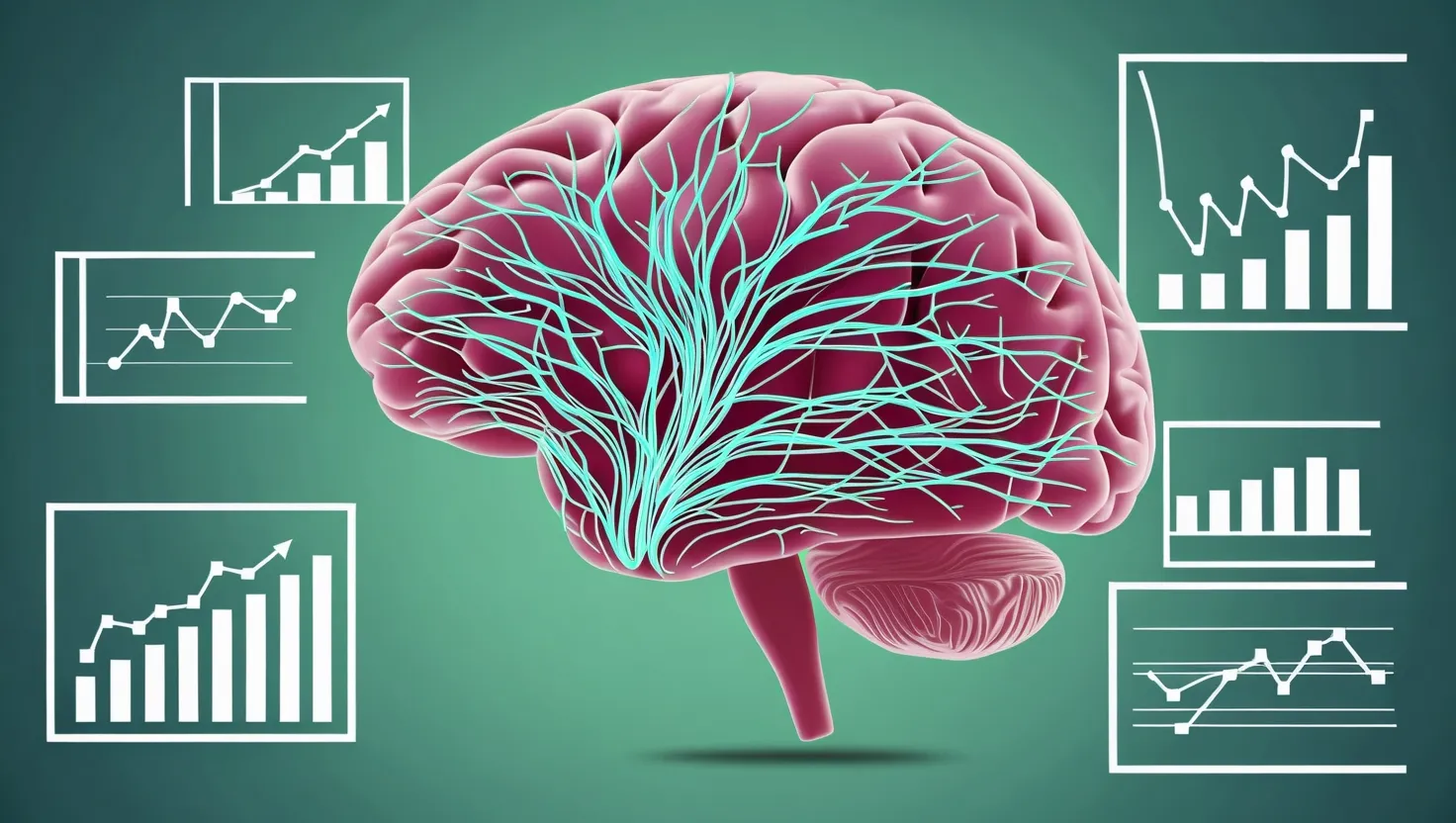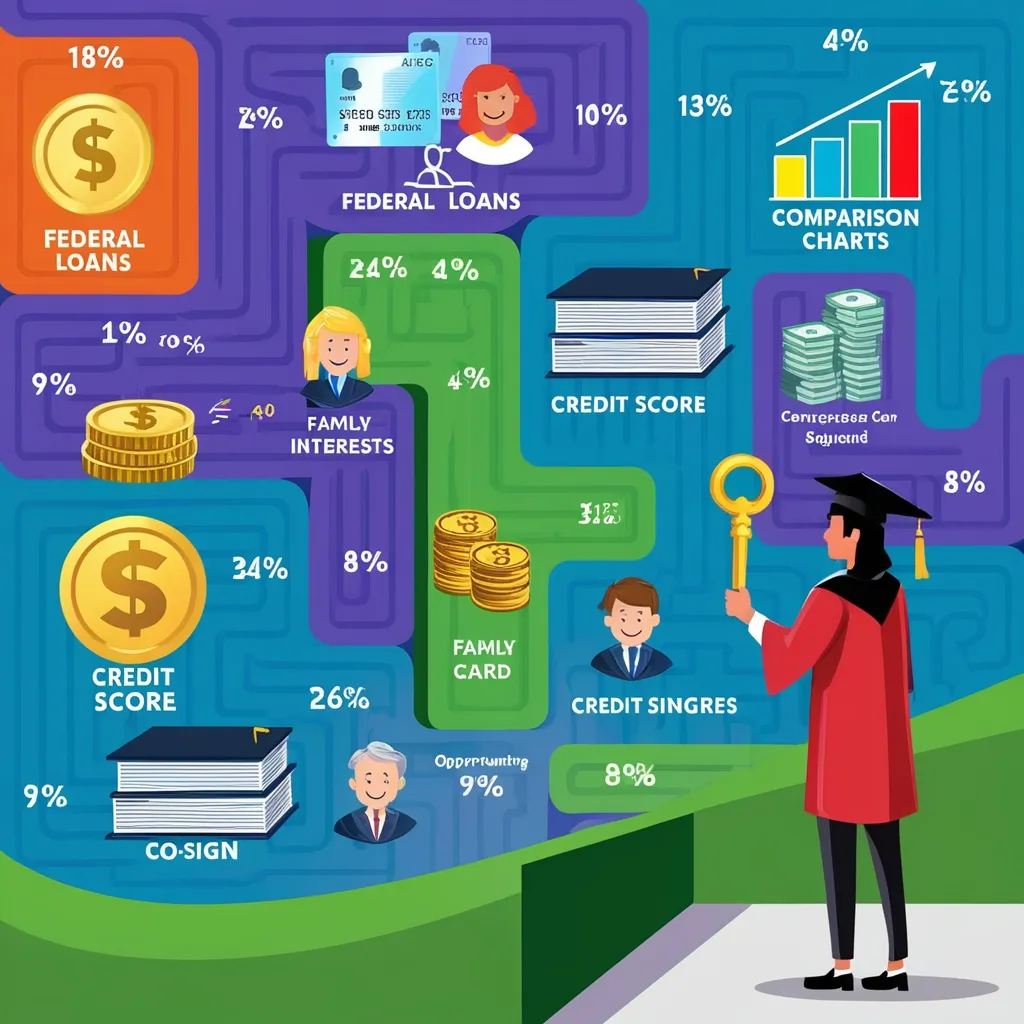When it comes to investing, the traditional approach often involves strict rules and a rigid mindset. However, what if you could transform your financial strategy by leveraging the most powerful tool you possess – your brain? This concept, which we can call “Neuroplastic Finance,” is about reshaping your financial mindset to create a more flexible and adaptive approach to investing.
Understanding Neuroplasticity
Neuroplasticity is the brain’s ability to form new neural pathways and adapt throughout life. This concept is not just limited to learning new skills or recovering from injuries; it can also be applied to how we think about and manage our finances. By consciously challenging your financial assumptions and exposing yourself to diverse economic perspectives, you can train your brain to be more agile in the face of market volatility.
The Adaptive Market Hypothesis
The Adaptive Market Hypothesis (AMH) provides a framework for understanding how markets and investors adapt over time. Unlike the Efficient Market Hypothesis, which assumes markets are always efficient, AMH suggests that markets are constantly moving from inefficiency to efficiency. This means that investors can capitalize on arbitrage opportunities and time the market more effectively by adapting to changing conditions.
Mental Cross-Training
Think of Neuroplastic Finance as mental cross-training for your financial decisions. You’re not just learning new strategies; you’re rewiring your brain to spot opportunities others might miss and to remain calm when markets get choppy. This involves actively seeking out different viewpoints and experiences. For instance, if you’re used to investing in stocks, try learning about real estate or commodities. This broadens your understanding and helps your brain become more versatile.
Overcoming Behavioral Biases
One of the biggest hurdles in investing is overcoming behavioral biases. Biases like loss aversion, overconfidence, and mental accounting can lead to poor investment decisions. However, by understanding these biases and how they affect your brain, you can develop strategies to mitigate them. For example, recognizing that you tend to sell assets too quickly during a downturn can help you develop a more patient approach. This self-awareness is a key component of Neuroplastic Finance.
The Role of Neuroscience
Neuroscience plays a crucial role in understanding how our brains make financial decisions. The reward system in our brain, which includes areas like the ventral tegmental area and the nucleus accumbens, is responsible for feelings of pleasure and motivation. When this system is activated, it can lead to increased risk-taking and impulsivity. However, it can also lead to poor decision-making if not managed properly. By being aware of these neural processes, you can develop strategies to balance your desire for rewards with prudent risk management.
Practical Strategies for Neuroplastic Finance
So, how do you start practicing Neuroplastic Finance? Here are a few practical strategies:
Diversify Your Information Sources
Don’t rely on a single source of financial news or advice. Expose yourself to different analysts, economists, and even contrarian views. This helps your brain process a wide range of information and makes you less likely to fall into the trap of groupthink.
Practice Mindfulness
Mindfulness can help you stay calm during market fluctuations. Regular mindfulness practices, such as meditation, can improve your ability to make rational decisions under stress.
Engage in Continuous Learning
Investing is a continuous learning process. Take courses, read books, and attend seminars to expand your knowledge. This not only updates your skills but also keeps your brain active and adaptable.
Reflect on Your Decisions
Regularly reflect on your investment decisions. Analyze what worked and what didn’t, and adjust your strategies accordingly. This reflective practice helps in reinforcing positive behaviors and correcting negative ones.
Real-Life Examples
Consider the story of a seasoned investor who traditionally focused on stocks but decided to venture into real estate during a market downturn. By diversifying his portfolio, he not only reduced his risk exposure but also gained a new perspective on investing. This experience helped him develop a more adaptive approach, allowing him to capitalize on opportunities in both markets.
Another example is an investor who realized she had a tendency to overreact to short-term market fluctuations. She started practicing mindfulness and set clear, long-term investment goals. Over time, she found herself making more rational decisions and avoiding the emotional rollercoaster that often accompanies market volatility.
The Power of Adaptation
In the world of Neuroplastic Finance, your greatest investment tool isn’t a fancy algorithm or insider tip – it’s your brain’s remarkable ability to adapt and grow. Each market shift becomes a chance to evolve your financial acumen. By harnessing this power, you can turn what seems like chaos into opportunity.
Conclusion
Investing is not just about numbers and trends; it’s about understanding how your brain processes information and making conscious decisions to improve your financial mindset. Neuroplastic Finance is a holistic approach that combines financial knowledge with the latest insights from neuroscience and behavioral finance. By embracing this approach, you can create a more flexible, adaptive, and successful investment strategy that stands the test of time.
In essence, Neuroplastic Finance is about transforming your financial mindset like a sculptor molds clay – shaping, reshaping, and continuously improving to achieve better outcomes. It’s a journey of self-discovery and financial growth, where every challenge becomes an opportunity to evolve and thrive.






